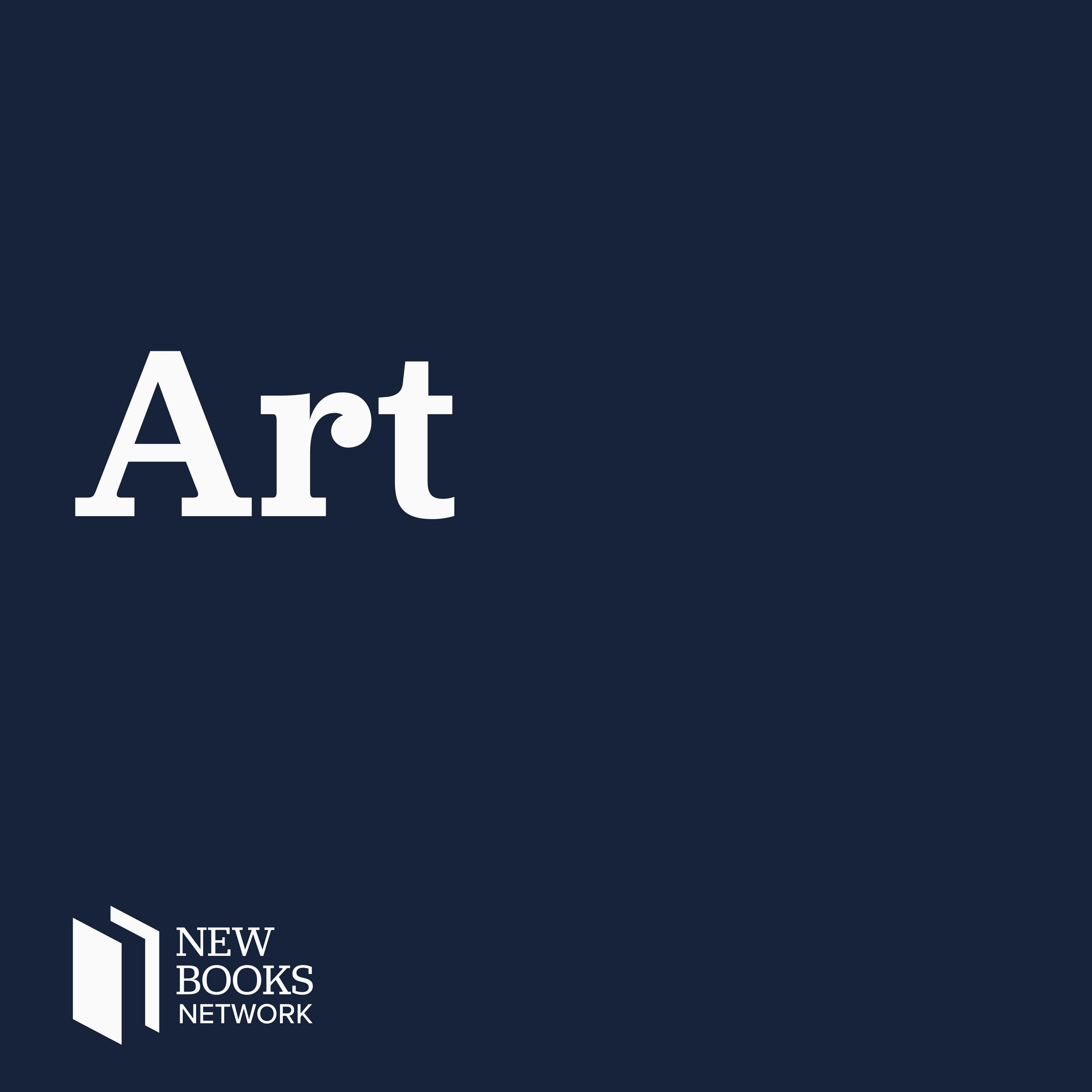Carmen Fracchia, "'Black But Human': Slavery and Visual Arts in Hapsburg Spain, 1480-1700" (Oxford UP, 2019)
Description
Carmen Fracchia's book Black But Human': Slavery and Visual Arts in Hapsburg Spain, 1480-1700 (Oxford UP, 2019) is the first study to focus on the visual representations of African slaves and ex-slaves in Spain during the Hapsburg dynasty. The Afro-Hispanic proverb 'Black but Human' is the main thread of the six chapters and serves as a lens through which to explore the ways in which a certain visual representation of slavery both embodies and reproduces hegemonic visions of enslaved and liberated Africans, and at the same time provides material for critical and emancipatory practices by Afro-Hispanics themselves.
The African presence in the Iberian Peninsula between the late fifteenth century and the end of the seventeenth century was as a result of the institutionalization of the local and transatlantic slave trades. In addition to the Moors, Berbers, and Turks born as slaves, there were approximately two million enslaved people in the kingdoms of Castile, Aragón, and Portugal. The 'Black but Human' topos that emerges from the African work songs and poems written by Afro-Hispanics encodes the multi-layered processes through which a black emancipatory subject emerges and a 'black nation' forges a collective resistance. It is visually articulated by Afro-Hispanic and Spanish artists in religious paintings and in the genres of self-portraiture and portraiture. This extraordinary imagery coexists with the stereotypical representations of African slaves and ex-slaves by Spanish sculptors, engravers, jewellers, and painters mainly in the religious visual form and by European draftsmen and miniaturists, in their landscape drawings, and sketches for costume books.
Learn more about your ad choices. Visit megaphone.fm/adchoices
Support our show by becoming a premium member! https://newbooksnetwork.supportingcast.fm/art
More Episodes
In Terracene: A Crude Aesthetics (Duke UP, 2023), Salar Mameni historicizes the popularization of the scientific notion of the Anthropocene alongside the emergence of the global war on terror. Mameni theorizes the Terracene as an epoch marked by a convergence of racialized militarism and...
Published 05/05/24
Over the last two decades in Beirut, graffiti makers have engaged in a fierce “war of colors,” seeking to disrupt and transform the city’s physical and social spaces. In A War of Colors: Graffiti and Street Art in Postwar Beirut (University of Texas Press, 2024), Dr. Nadine Sinno examines how...
Published 05/02/24
According to Dr. Justin O’Connor, culture is at the heart of what it means to be human. But twenty-five years ago, the British government rebranded art and culture as 'creative industries', valued for their economic contribution, and set out to launch the UK as the creative workshop of a...
Published 05/01/24


